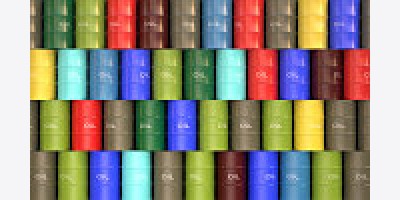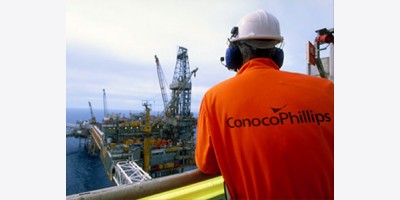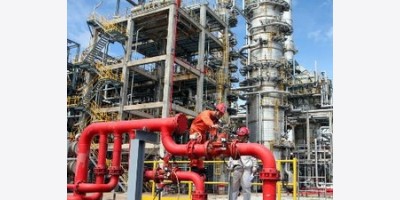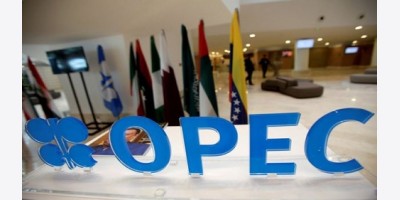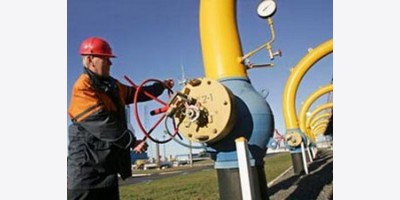By Bloomberg
OPEC crude production rose above its target for the first time in five months as Iraq pumped the most in 35 years, according to the International Energy Agency.
The 12 members of the Organization of Petroleum Exporting Countries produced 30.49 million barrels a day in February, up from 29.99 million in January, the Paris-based IEA said today in its monthly oil market report. That’s about 300,000 barrels a day higher than the average level required in the second half of the year, according to the agency.
Iraqi crude output jumped by 530,000 barrels a day to 3.62 million, driven by upgraded infrastructure in the country’s southern oil-producing region and the reduction of bottlenecks at its Gulf export facilities. That was the highest since 1979. Exports soared by 572,000 barrels a day to 2.8 million.
“The exceptional increase in February’s exports has been an unexpected boost for the country, which has struggled to meet production targets,” the IEA said. “Increased export capacity and the start-up of new production in the south holds the promise of higher output this year.”
OPEC, which supplies about 40 percent of the world’s oil, estimated that its members produced about 30.12 million barrels a day last month, as Iraq compensated for reductions in Libya and Saudi Arabia, according to a report by the group yesterday based on secondary sources. Output was the most since August.
Saudi Production
Saudi Arabia raised production to 9.85 million barrels a day in February versus 9.76 million in the previous month, the IEA said, reflecting increased demand from the nation’s new 400,000 barrel-a-day Jubail refinery.
Libya pumped an average 360,000 barrels a day last month versus 500,000 barrels a day in January.
“Unrest and protests by separatist militias seeking a greater share of the country’s oil wealth and disgruntled ethnic groups have held hostage the country’s eastern production for eight months against a backdrop of a weak and battered central government,” the IEA said. “The latest developments put in further doubt a recovery in Libya’s oil production near-term.”
OPEC’s members are Algeria, Angola, Ecuador, Iran, Iraq, Kuwait, Libya, Nigeria, Qatar, Saudi Arabia, United Arab Emirates and Venezuela. The group, which has a collective target of 30 million barrels, will next meet to review the limit on June 11 at its headquarters in Vienna.
To contact the reporter on this story: Lananh Nguyen in London at lnguyen35@bloomberg.net
To contact the editors responsible for this story: Alaric Nightingale at anightingal1@bloomberg.net Grant Smith, Raj Rajendran







